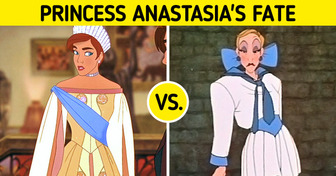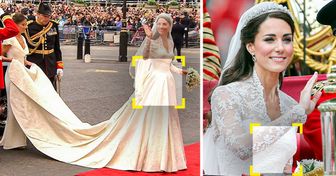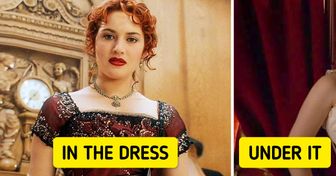15+ Times the Same Costume Was Used in Different Movies and Series

“A star is made, created; carefully and cold-bloodedly built up from nothing,” said Louis B. Mayer, the co-founder of MGM. And it was true. The studio that made a star had full control over their life: they told the actors how to look, what to wear, and how to behave, they made decisions about actors’ love affairs and even their families. This pressure sometimes ended up in tragedy: the life of actors would become a theater that affected their mental balance poorly.
At Bright Side, we researched the standards that classic Hollywood set toward their stars. And it’s up to you to decide whether fame was something worth the many sacrifices they endured.
Which requirements were the most outrageous in your opinion? Tell us in the comments below.
Got some cool photos or stories and want to be featured on Bright Side? Send them all right HERE and right now. Meanwhile, we’re waiting!











